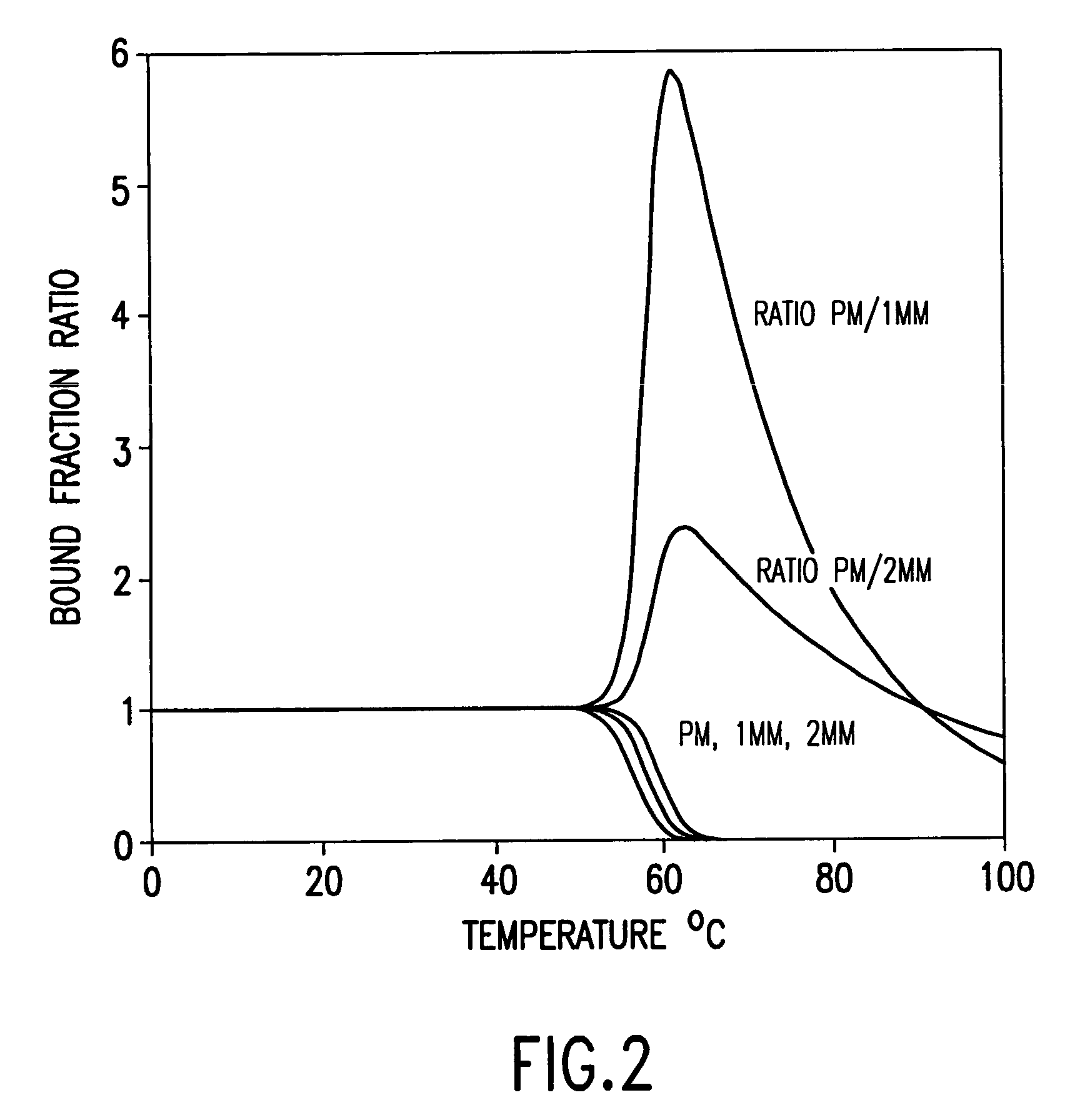Iterative probe design and detailed expression profiling with flexible in-situ synthesis arrays
a probe design and array technology, applied in the field of materials and methods to detect and report polynucleotide sequences, can solve the problems of limited number of polynucleotide probes that may be laid down on the microarray chip, limited photolithographic techniques, and limited number of gene transcripts that can be detected on a single microarray chip, etc., to achieve efficient detection and accurate reporting of gene expression changes in an organism
- Summary
- Abstract
- Description
- Claims
- Application Information
AI Technical Summary
Benefits of technology
Problems solved by technology
Method used
Image
Examples
Embodiment Construction
[0054]The present invention provides methods and compositions for detecting and reporting changes in gene expression in a cell or cells. In particular, the invention provides methods and compositions that may be used to efficiently and accurately detect a plurality of target polynucleotides in a sample, e.g., by hybridization to a microarray. The invention therefore relates to hybridization of samples comprising a plurality of different target polynucleotides to a plurality of different probes for those target polynucleotides.
[0055]Exemplary target polynucleotides which may be analyzed by the methods and compositions of the present invention include, but are not limited to DNA molecules such as genomic DNA molecules, cDNA molecules, and fragments thereof including oligonucleotides, ESTs, STSs, etc. Target polynucleotides which may be analyzed by the methods and compositions of the invention also include RNA molecules such as, but by no means limited to messenger RNA (mRNA) molecules...
PUM
| Property | Measurement | Unit |
|---|---|---|
| Fraction | aaaaa | aaaaa |
| Fraction | aaaaa | aaaaa |
| Fraction | aaaaa | aaaaa |
Abstract
Description
Claims
Application Information
 Login to View More
Login to View More - R&D
- Intellectual Property
- Life Sciences
- Materials
- Tech Scout
- Unparalleled Data Quality
- Higher Quality Content
- 60% Fewer Hallucinations
Browse by: Latest US Patents, China's latest patents, Technical Efficacy Thesaurus, Application Domain, Technology Topic, Popular Technical Reports.
© 2025 PatSnap. All rights reserved.Legal|Privacy policy|Modern Slavery Act Transparency Statement|Sitemap|About US| Contact US: help@patsnap.com



